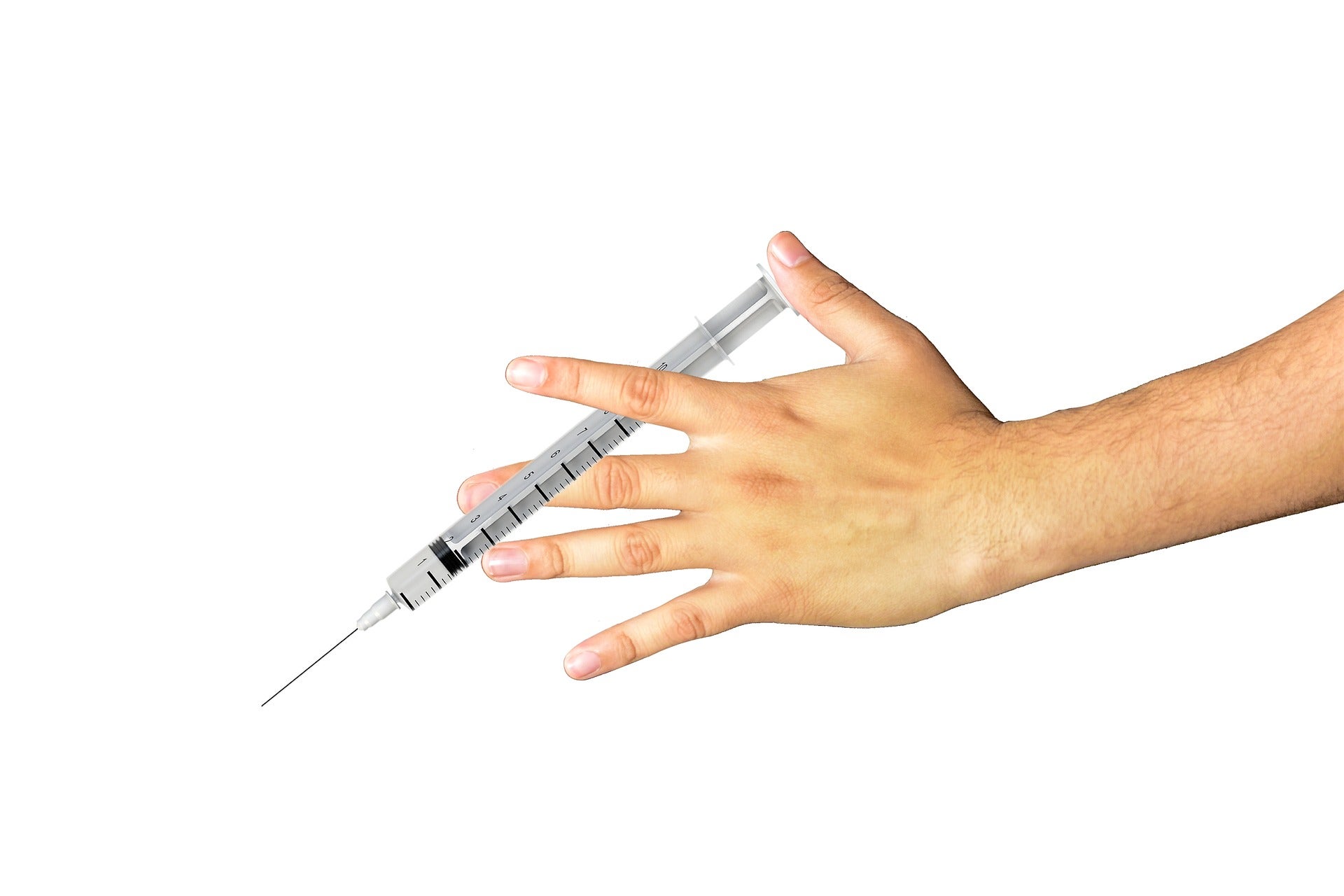
Sanofi has reported that its therapy, Dupixent (dupilumab), met the primary and all key secondary goals of Phase III PRIME2 clinical trial in adult subjects with uncontrolled prurigo nodularis.
A fully human monoclonal antibody, Dupixent hinders interleukin-4 (IL-4) and interleukin-13 (IL-13) pathway signalling.
The randomised, placebo-controlled, double-blind Phase III trial analysed Dupixent’s efficacy and safety in 160 adults with prurigo nodularis.
The patients who took part in the trial were poorly controlled using topical prescription treatments or with whom such medicines are not advisable.
For 24 weeks, they were given either Dupixent or placebo every two weeks with or without topical therapies.
The proportion of subjects with clinically meaningful improvement in itch at 12 weeks was the primary goal of the trial.

US Tariffs are shifting - will you react or anticipate?
Don’t let policy changes catch you off guard. Stay proactive with real-time data and expert analysis.
By GlobalDataKey secondary goals comprised the proportion of patients with clinically meaningful improvement in itch, as well as those with clear or almost clear skin, both assessed at 24 weeks.
Health-associated quality of life, skin pain, and anxiety and depression symptoms were included as other secondary goals.
According to the findings from the trial, 37% of subjects who received Dupixent had a clinically meaningful decline in itch from baseline versus 22% in the placebo arm at week 12, thereby meeting the primary endpoint.
Furthermore, at week 24, 58% of subjects in the Dupixent arm had a clinically meaningful decline in itch from the baseline against 20% of subjects receiving placebo.
Approximately 45% in the Dupixent arm attained clear or almost clear skin versus 16% in the placebo group at 24 weeks.
Subjects on Dupixent had substantially higher improvements in key secondary goals while the therapy’s safety data in the trial was in line with the already reported profile in approved indications.
Conjunctivitis, herpes viral infections, and skin infections were the most common side effects observed in the trial.
Prurigo nodularis is a chronic type 2 inflammatory skin condition that leads to extreme itch and skin lesions.
Sanofi Research and Development global head John Reed said: “We are encouraged that patients in this trial experienced a significant reduction in itch and skin lesions, especially given that prior to enrollment nearly all patients had severe itch and nearly 40% had 100 or more nodules covering their body.
“These data are an important step forward in furthering our knowledge of the role that targeting IL-4 and IL-13 can play in the treatment of skin diseases that cause extreme itch.”
As part of an agreement, Sanofi is developing Dupixent along with Regeneron.
In August this year, Sanofi and Regeneron Pharmaceuticals reported positive results from the Phase III trial of Dupixent for the treatment of moderate-to-severe atopic dermatitis in children aged six months to five years.



